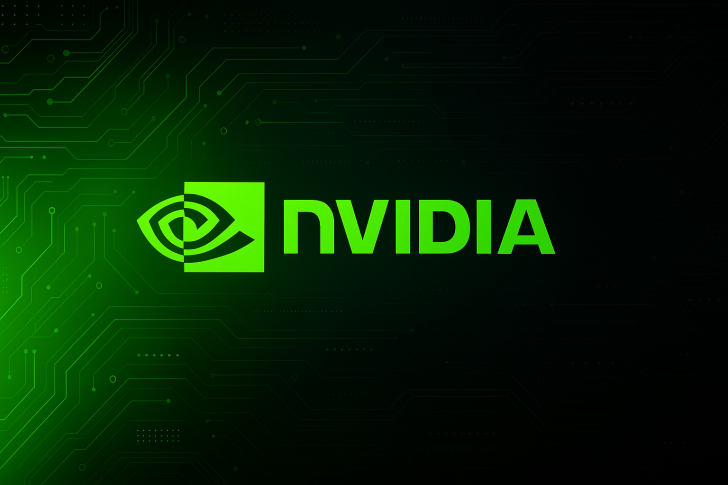The race to build intelligent machines is heating up fast—and NVIDIA thinks we're entering a whole new industrial era. As AI and robotics start merging, the company is making a bold bet: humanoid robots will soon eclipse traditional consumer electronics in market size. What once seemed like science fiction is now being backed by some of the biggest names in tech.
NVIDIA's Vision: Robots as the Next Trillion-Dollar Market
In a recent tweet, Shay Boloor pointed out that NVIDIA (NASDAQ: NVDA) sees humanoid robots becoming the largest electronics market. This echoes what CEO Jensen Huang has been saying for a while now—that humanoid robotics represents the next trillion-dollar opportunity, similar to the rise of PCs and smartphones.
NVIDIA, famous for its AI-powering GPUs, is pushing into what it calls "physical AI"—systems that don't just crunch data but also see, move, and interact with the real world. At CES 2025, Huang said humanoid robots could be widely adopted in manufacturing and logistics within the next five years.
NVIDIA's forecast is based on a few major shifts happening right now. Labor shortages in developed countries are creating huge demand for automation in warehouses, factories, and even care facilities—humanoid robots could fill those gaps. At the same time, AI hardware is getting powerful enough to handle real-world tasks, thanks to platforms like NVIDIA's Jetson Thor, which is built specifically for AI-driven robots. Plus, the cost of sensors, actuators, and embedded chips keeps dropping, making mass production of humanoids more realistic.
Analysts predict the humanoid robot market could jump from around $6 billion today to over $38 billion by 2035. If NVIDIA's right, robotics could become bigger than smartphones, PCs, or even automotive electronics—completely reshaping the tech landscape.
The Roadblocks Ahead
Of course, there are serious challenges. Humanoid robots need to navigate messy, unpredictable environments and work safely alongside people—far tougher than traditional automation. Today's prototypes are still expensive, and hitting consumer-level pricing could take another decade. Governments are also just starting to think about safety regulations and liability for autonomous machines. And even if the tech improves, businesses will need clear proof that robots offer a solid return on investment before replacing human workers.
If NVIDIA's prediction comes true, AI won't just live on screens and servers anymore—it'll move into the physical world. Humanoid robots would essentially become "physical computers," capable of real-world work. In the near future, we might see pilot programs rolling out robots in factories and warehouses, supply chains shifting toward robotics components, and investors turning their attention from pure software AI to integrated robotics ecosystems.
Whether or not humanoid robots become the biggest electronics market, one thing's clear: the line between digital and physical AI is starting to blur.
 Usman Salis
Usman Salis

 Usman Salis
Usman Salis


